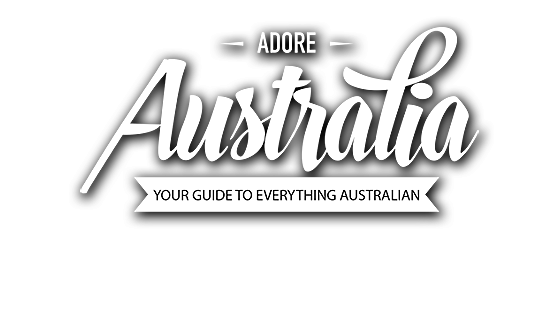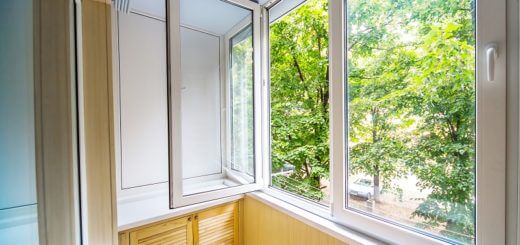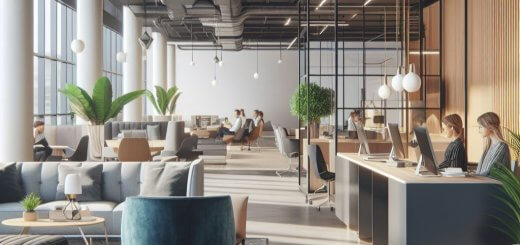
In the ever-evolving landscape of technology and design, two transformative forces have emerged to reshape the way we experience the digital realm: Augmented Reality (AR) and Virtual Reality (VR). These immersive technologies, once confined to the realms of science fiction, are now driving a paradigm shift in web design. As we stand on the cusp of a new era, it’s crucial to explore how AR and VR are revolutionizing the way we interact with websites and digital content.
In this blog post, we embark on a journey into the dynamic world of AR and VR in web design. We’ll unravel the intricacies of these technologies and delve into their applications, uncovering the ways in which they enhance user engagement, redefine storytelling, and challenge conventional design norms. Whether you’re a seasoned designer, an inquisitive user, or simply someone intrigued by the possibilities of technology, join us as we unravel the synergy between imagination and innovation.
What are AR and VR?
Augmented reality (AR) overlays digital information like images, sounds, or videos onto the real-world environment. It enhances the user’s perception of reality by adding digital elements to their surroundings. AR can be experienced through smartphones, tablets, or other devices with cameras. It blurs the line between the virtual and real worlds. AR can be used for mobile apps that give information about objects, interactive advertising, and virtual try-on experiences.
Virtual reality (VR) is a fully immersive, computer-made environment that users can interact with. VR gives you a 360-degree view and may use head tracking, hand controls, and other ways to make you feel like you’re in the virtual world. VR is often used for games, training exercises, and learning purposes. Users can look around, talk to each other, and connect with the virtual world as if they were really there.
Use Cases for AR and VR in Web Design
If you’re a web designer interested in exploring the possibilities of AR and VR, here are some of the best use cases for integrating these technologies into your designs:
Enhanced Product Visualisation
AR and VR can allow users to visualise products in a virtual environment. This is particularly useful for e-commerce websites as it gives customers a realistic preview of how a product will look and fit in their own space. For example, an interior designer’s website can use AR to let users place appliances and furniture in their homes before buying.
Virtual Tours
AR & VR can create virtual tours of physical spaces. These tours let users explore hotels, museums, and real estate properties from home. Businesses can use this immersive experience to engage their audience and show them what to expect.
Gamification
Gamification in web design can improve user engagement and create a fun experience. Using AR and VR technology, web designers can make interactive games and challenges for users. This can help grab and keep users’ attention while promoting a brand or product.
Training and Education
AR and VR can revolutionise training and education. They can create virtual simulations for users to practice real-life scenarios safely. This is especially valuable in fields like healthcare, manufacturing, and aviation. Web designers can use these technologies to create immersive training modules that enhance learning outcomes.
Virtual Showrooms and Exhibitions
AR and VR enable businesses to create virtual showrooms and exhibitions. This benefits companies in the events industry or with physical limitations for displaying products. Users can explore the virtual showroom, interact with products, and make better choices.
Storytelling and Immersive Content
AR and VR can enhance storytelling by creating immersive and interactive narratives. Web designers can use these technologies to make users active participants in the story. This can be applied in the entertainment, advertising, and marketing fields.
Challenges of Using AR and VR
The immense potential of AR and VR comes with several challenges that need to be addressed for widespread adoption:
- Access to augmented and virtual reality content may be limited by the high cost of specialised hardware.
- Some users may feel nausea or other symptoms of motion sickness due to virtual reality experiences.
- Expertise and financial investment are often needed when creating AR and VR content.
- Specialised knowledge is required to create compelling and interactive 3D content.
- The technical requirements for implementing tracking, geographical mapping, and real-time rendering are high.
- It might not be easy to design user-friendly interactions and 3D navigation.
- Smooth augmented and virtual reality experiences require high performance and low latency.
- It’s crucial to make your site accessible to people with physical limitations.
- Complex environments can affect AR quality, and real-world object recognition can be challenging.
- Keeping up with the latest versions and fixes is essential for modern technology.
Learn More About Virtual Reality with Butterfly
In the awe-inspiring realm where imagination converges with innovation, the fusion of Augmented Reality and Virtual Reality is illuminating a new path for web design. As we bid adieu to traditional boundaries and embrace immersive experiences, the landscapes of websites are morphing into interactive canvases where reality and virtuality coalesce.
The journey into this realm has only just begun, and as the Australian digital landscape evolves, it’s paramount to have a seasoned guide by your side. Discover the boundless possibilities of Virtual Reality with Butterfly, your trusted web development agency in Melbourne. Unleash your creativity, captivate your audience, and craft online experiences that transcend the ordinary. For a glimpse into the future and a partner in innovation, reach out to Butterfly at hello@butterfly.com.au. Let’s embark on this transformative voyage together.











